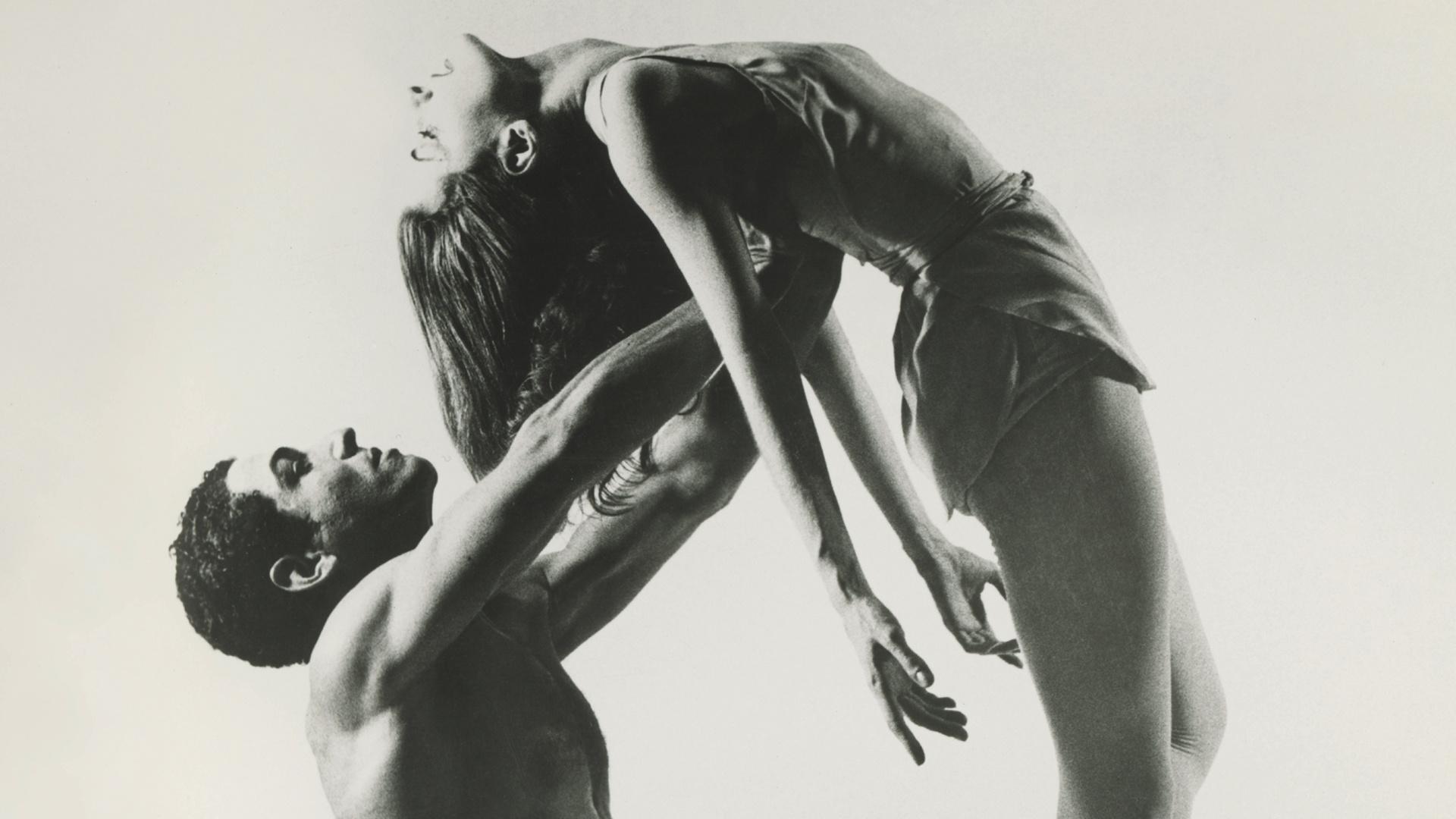By Chlotrudis Independent Film Society
Rating: 4 cats
Director: Nancy Buirski

Country: united_states
Year: 2014
Running time: 91
IMDB: http://www.imdb.com/title/tt2381319/combined
Bruce says: “Some legends are more obscure than others: obscure to the public eye, that is. Tanaquil Le Clercq is a case in point. Hardly a household name among those who do not follow dance all that closely, Le Clercq is a goddess of dance folklore. The story of Tanny (her nickname) is a fascinating one, although tempered by two very important factors. What a shame that more archival footage of her dancing does not exist. There is enough to get the message across, however the documentary would be so much better with more examples of her allure and skill. The second missing piece is the lack of living talking heads. AFTERNOON OF A FAUN: TANAQUIL LE CLERCQ is a documentary that should have been made while its subject and other major players were still alive.
“The documentary is well scripted. The viewer comes away with a very good sense of the stuff of which legends are made. First
there was Edith, the quintessential ballet mother who wanted for her daughter, Tanny, the fame she never had. Then there was the physiology. Tanny had the long legs of a racehorse, along with her height, which gave her an angular movement different from anything seen before on the ballet stage. She became a prototype for the modern American ballerina, taller and thinner than those before her. At the age of twelve, Tanny was awarded a scholarship to the School of American Ballet founded by George Balanchine as a training ground for his New York City Ballet. Competition was severe and all the ballerinas hoped to catch Balanchine’s eye. Balanchine was famous for marrying his ballerinas and Le Clercq was no exception – she became his fourth (and last) wife and, like all her predecessors, ultimately left him.
“In one of the strangest coincidences in the history of the performing arts, Balanchine handpicked Tanny (age 15) to be his dance partner in a March of Dimes benefit. In the dance she was the polio victim and he was the virus. In 1956, at the peak of her career (age 27) the New York City Ballet was on tour in Europe. In Copenhagen Tanny fell ill with what she thought was bronchitis. Within 24 hours was placed in an iron lung, diagnosed with polio. Paralyzed from the waist down she never danced or walked again, living a long life in a wheelchair.
“Fortunately, many TV interviews and excerpts from shows like Ed Sullivan and the Red Skelton Hour help paint a fairly complete picture. Balanchine and Robbins both are captured in interviews. Current talking heads are limited to Barbara Horgan, assistant to Balanchine; Patricia McBride, a close friend and classmate of Tanny’s; Jacques d’Amboise, her frequent dance partner; and Arthur Mitchell, a dance partner and founder of the Dance Theater of Harlem where Le Clercq eventually taught ballet from her wheelchair.
“Some observations are easily drawn from the film. Neither Balanchine nor Robbins comes across as particularly decent human
beings. The bisexual Robbins flirted with and baited Tanny with fervor only to disappear from her life for months at a time.
Balanchine seems a man who was capable of love only when it was compatible with his career. Many of the talking heads speak of Le Clercq’s great beauty. I found her more striking than beautiful. Her chin and eyes seem elegant; her nose and lips,
less so. No doubt her poise and elegant movement made a profound impression to those who knew her in person. 4 cats”
